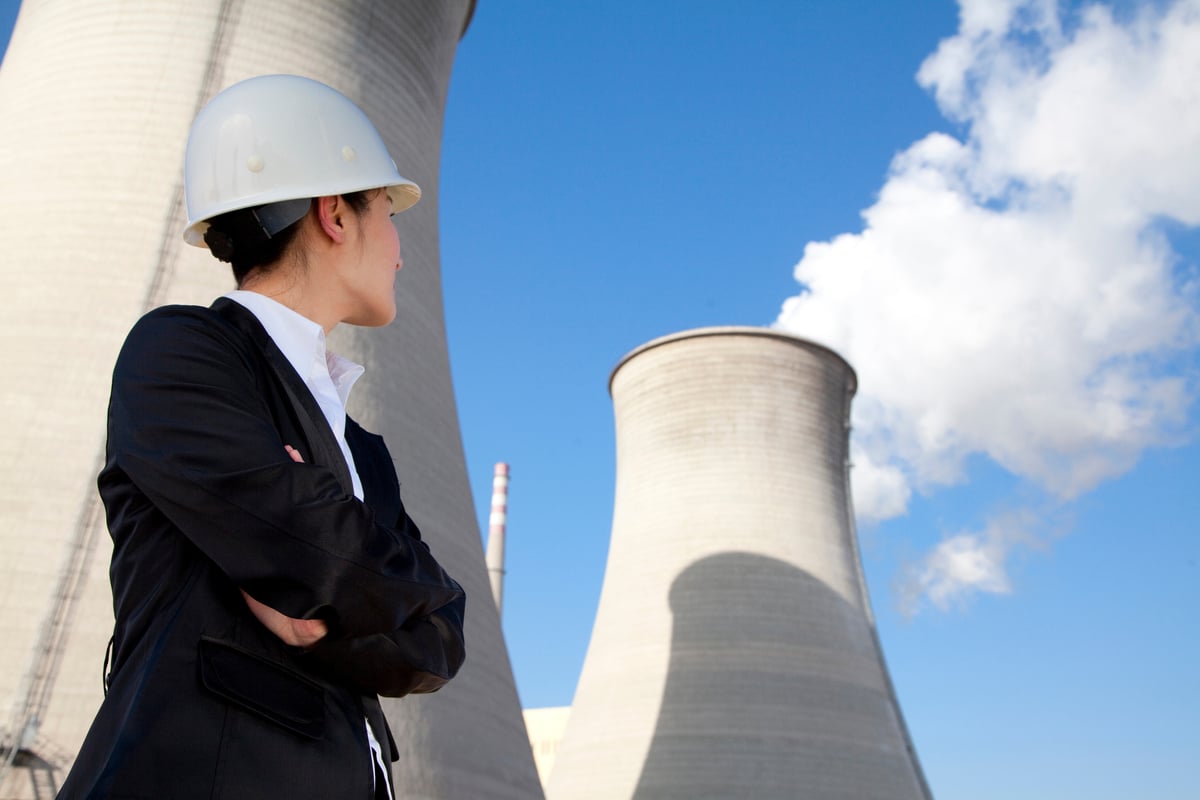From American energy independence to pipeline battles, 2013 was an exciting year for the energy industry. But what's in store for the oil patch in the new year? Here are my top four predictions.
1) Oil prices are heading lower
On the Gulf Coast, America's refinery hub, oil is in such plentiful supply that most experts in the industry are talking about the coming glut.
Thanks to new technologies like hydraulic fracturing and horizontal drilling, billions of barrels of previously unrecoverable oil and gas are now being extracted from shale beds across the country. In North Dakota, Bakken production is nearing 1 million barrels per day. In Texas, Eagle Ford output has already crossed this important milestone. Investors made a bundle in 2013 thanks to big production gains.
There's only one problem: America is running out of capacity to actually refine all of this new production.
At the moment, the county still imports about 1.3 million bpd of light oil and U.S. supplies that reach the coast can still command premium international prices. But once domestic crude displaces the last barrels of foreign imports, look out below!
2) No relief at the pump
So will lower oil prices spell relief at the pump? You shouldn't count on it.
While by law American producers generally can't export raw crude, refineries can export finished products. Refined commodities like gasoline and heating oil can be sold internationally at premium prices. And while the supply/demand dynamics look particularly bleak for North America, the standard list of geopolitical tensions should continue to put a bid underneath global oil prices in the new year.
Gulf Coast refineries, notably Phillips 66 (PSX +0.10%), are poised to make a fortune in 2014. Surging U.S. oil production will keep feedstock prices exceptionally cheap. At the same time exports to 'premium markets' will be a big boost to profit margins.
The only thing that could blow up this trade would be if the U.S. government decides to lift the ban on U.S. oil exports. But good luck selling that plan to a skeptical public.
3) TransCanada's Keystone XL pipeline will be rejected
TransCanada's (TRP +1.77%) Keystone XL pipeline has become a battleground between environmentalists and the energy industry. If approved the proposal would ship 830,000 bpd of Canadian bitumen to refineries on the Gulf Coast. However, the pipeline still requires a final decision from the Obama Administration, expected sometime this spring.
President Obama's political cost to reject the northern leg of Keystone is falling with each passing day. A decade ago, the idea of America rejecting a secure oil supply from a non-OPEC country was absurd. But with surging shale production that's no longer a pressing need.
Surprisingly, the oil industry is now split on Keystone. Yes, companies with a big stake in the oil sands like ExxonMobil and Chevron want to see it built. But small, independent names, like Continental Resources for example, have withdrawn support for the project because they don't want Canadian competition.
Meanwhile, Keystone has gone from an obscure protest amid hardcore environmentalists to a mainstream issue for the president's core supporters. Giving the green light on Keystone would be much more politically costly today than it was five years ago.
Of all the issues in the energy industry, this one is probably the toughest to handicap. But America doesn't need this pipeline like it used to. For that reason alone, it just might be rejected in the spring.
4) Bring on the international shale boom
The biggest unknown in the energy industry is this: Can America's tight-oil bonanza be replicated internationally?
According to a September report from IHS Global Insights, shale formations outside of North America potentially hold 300 billion barrels of technically recoverable oil -- seven times domestic shale reserves.
In particular, China could be the site of the next tight-energy boom. According to estimates from the U.S. Energy Information Administration, China has 1,115 trillion cubic feet of shale-gas reserves -- nearly twice the shale-gas reserve estimate for the U.S. The only question is how to exploit these reserves economically.
Sinopec (SHI +0.00%) has been aggressive investing in the U.S., not because it's bullish on America's energy prospects but because it wants to learn from the experts. Over the past few years the company has been building positions in the Niobrara, the Tuscaloosa Marine shale, the Utica shale, and the Eagle Ford. And, last summer, Sinopec entered the company into a $1 billion joint venture with Chesapeake for the company's Mississippi Lime assets.
The new year may be an early timetable for a Chinese shale boom, but it's on the way.
Foolish bottom line
The new year will be another exciting year for the oil patch. But new themes and problems are emerging. Keep that in mind when positioning your portfolio in 2014.







